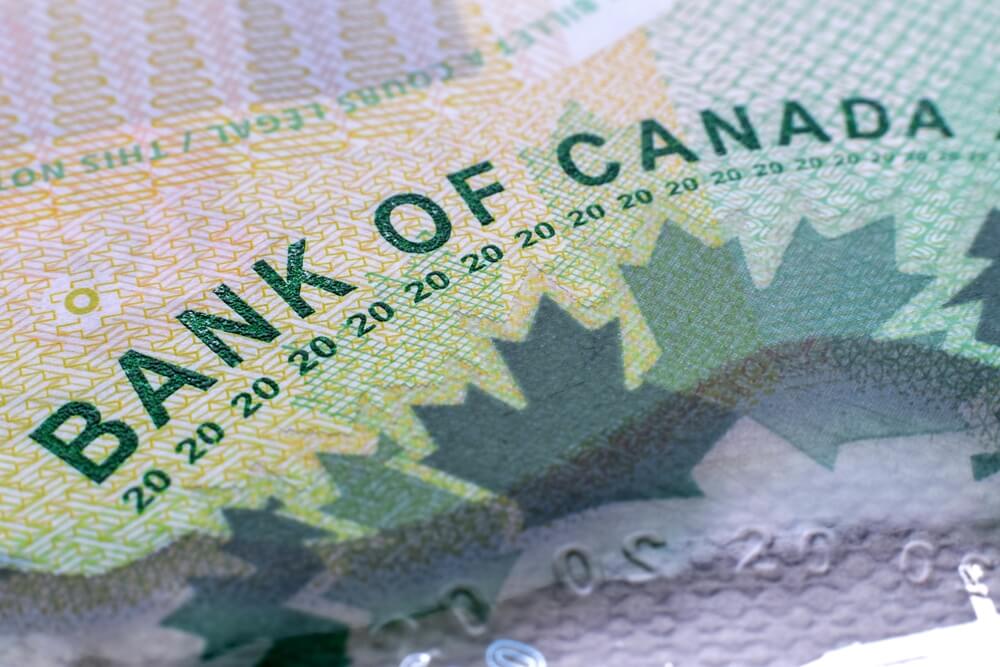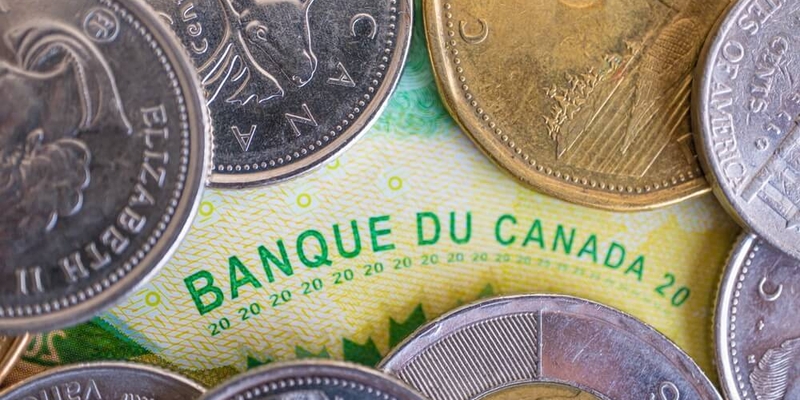Auto Theft Prevention Guide
How to prevent your vehicle from being stolen & filing a claim in case it happens.
Jump straight to:
- How is car theft impacting Canadians?
- Insurance rate spikes for stolen cars in Canada
- How to prevent your car from being stolen in Canada
- Filing an insurance claim if your car has been stolen
- What kind of theft does my car insurance cover?
- Will filing a claim for auto theft impact my car insurance rates?
- Will insurance cover valuables that were stolen from my car?
- Frequently asked questions about car theft in Canada
How is car theft impacting Canadians
Canadians have witnessed a sharp rise in motor vehicle thefts in the last two years. Canada is currently facing a car theft crisis. If we go by the numbers, the first half of 2023 reached close to the 2022 auto theft levels.
A total of 34,861 vehicles were stolen in the first half of 2023 alone, with Ontario witnessing a majority of that number at 15,044 vehicles stolen (a 31% increase year-over-year). Quebec came close second at 7,831 vehicles stollen in the first half of 2023 (a 17% increase year-over-year).
Équité Association’s Auto Theft Trend Report shows that Canada continues to be a source country for stolen vehicles with organized crime exporting stolen vehicles through the Port of Montreal or changing the existing VIN of the motor vehicles for domestic resale. It has been reported that most vehicle thefts in Ontario and Quebec were vehicles, specifically made in 2017 or newer.
Motor vehicle thefts make Canadians more vulnerable and put them at increased physical risk, especially in cases of carjacking, and violence because of the car owner trying to stop the crime from happening. Some cars are at a higher risk for theft than others and it leaves such vehicle owners prone to high car insurance costs.
Insurance rate spikes for stolen cars in Canada
In a first, the auto insurance industry in Canada lost more than a whopping $1-billion in auto theft claims in 2022. Ontario and Quebec reported the most stolen cars coupled with the lowest recovery rates in 2022. Reports show that these trends continue into 2023.
The insurance industry in Ontario reportedly paid more on vehicle theft claims in the first half of 2022 than in the total for 2020.
According to the Insurance Bureau of Canada (IBC), theft claims cost in Ontario totaled approximately $700 million in 2022 alone – up nearly 300% from 2018.
The cars that rank high on the auto theft index include Honda CR-V 2020 model, Lexus RX Series 2020 model, Toyota Highlander 2021 model, Jeep Grand Cherokee 2021 model, Land Rover Range Rover 2020 model, among others.
The insurance for car owners of these models – which are likely to be stolen more than others – has significantly increased in recent times. As per RATESDOTCA auto insurance quoter data, comprehensive insurance premiums (which covers theft claims) on these prone-to-theft cars increased between 25 per cent to 50 per cent over the past two years.
For example, a 35-year-old male driver in Toronto with no prior driving convictions, who drives a Honda CR-V, saw his insurance premium go up 26% on the comprehensive coverage between 2022 and 2023.
In Canada, insurance companies have introduced a $500 high-theft vehicle surcharge to owners of high-risk vehicles. The surcharge is waived off once the car owner provides a proof of purchase of an anti-theft device.
How to prevent your car from being stolen in Canada
There are many steps you can take to prevent your vehicle from being stolen. Here are some of the basic steps you can consider to stay off the thieves’ radar:
- Basic security measures — Keep your car doors always locked and never leave your keys in the ignition or start your vehicle remotely – even on very cold days. Make sure all windows are closed completely when leaving your car.
- Park in the garage or in a well-lit area — Make sure to install a security camera where you park your vehicle daily or overnight.
- Install visible or audible anti-theft devices — If you own a vehicle that is prone to theft, install devices such as audible alarms, steering column collars, steering wheel lock, brake pedal lock, window etchings and theft deterrent decals.
- Get a vehicle immobilizer — Smart security devices that help immobilize your vehicle in case of theft attempt, such as port blockers, smart keys, fuse cut-offs, kill switches, starter, ignition and fuel disablers, wireless ignition authentication, can help prevent car thefts.
- Protect your smart key fob — Car key fobs work by sending a low-frequency signal to your car’s computer. By using a relay box, vehicle thieves can pick up the signal emitted by your vehicle and then send it to a relay box beside your vehicle. This triggers the car computer, and the thieves can flee with your vehicle in only a matter of seconds. To prevent such a theft, keep your vehicle key fob away from your car in a metal container or wrap it in aluminum foil. Faraday box is readily available too, that can store the key fob and cut any transmission from it.
- Protect your VIN — Get your Vehicle Identification Number etched into the windows or other visible parts of the car. Doing this could help police identify stolen vehicles and also discourage thieves from picking them up and preparing them for resale.
Filing an insurance claim if your car has been stolen
Cannot find your car where you parked it last? The first step would be to reach out to the police and file a police report.
The second step is to reach out to your insurance provider. Make sure to read your policy to confirm your coverages. If you have optional coverages that protect you in case of theft, reach out to the insurance company to start a claim. You could do it over the phone or online, depending upon your provider.
The sooner you start a claim, the better.
What kind of theft does my car insurance cover?
Insurance providers hold a crucial role in enlightening consumers about safeguarding against auto theft. Several insurance providers currently give approved aftermarket tracking devices and theft-deterrent technologies to theft-prone vehicle owners.
Vehicles with the highest theft risk may incur elevated insurance expenses, and taking proactive measures as advised by the insurance provider to enhance vehicle protection, which can potentially lead to improved insurance rates.
Every province and territory has a basic or mandatory car insurance that you must buy as a vehicle owner. This basic insurance usually includes coverage for things like damage to someone else's property, compensation for damage to your own car, benefits if you're injured, and more. You can also get additional insurance coverage for your car, like coverage for specific dangers, comprehensive protection, and coverage for all kinds of risks. These extra coverages are similar all over Canada.
Mandatory auto coverage:
Driving without insurance is a serious offense and can label you as a "high risk" driver in Canada. Before putting license plates on your car, renewing your vehicle registration, or buying a temporary permit, you must purchase car insurance. In case of a collision, your mandatory insurance may cover bodily injury, property damage, physical damage to your vehicle, medical care, financial assistance if you can't work, and protection if you're sued by another driver in a collision.
Additional auto insurance coverages:
It's important to know that theft is not covered by collision insurance. Here are some additional coverage options:
Collision: Covers damage caused by collisions with other objects or vehicles but doesn't cover non-collision-related damage like theft.
Specified Perils: Covers specific unexpected events like theft, fire, hail, or riots.
Comprehensive: Covers all perils except for collision, upset, or theft by someone in your household.
All Perils: Optional coverage responding to all causes of loss except those listed as exclusions. Covers theft, use by someone in your household, or someone hired to drive your vehicle.
Be sure to ask all sorts of questions about what you are protected against from your insurance provider. You must be aware of all the perils you are covered for when signing up for insurance and it should not come as a surprise at the time of need.
Will filing a claim for auto theft impact my car insurance rates?
Filing a claim for auto theft or any other covered event can potentially impact your car insurance rates. That’s because the insurance provider might consider it at-fault claim, even though you are a victim of a crime. Insurance companies use various factors, including claims history, to determine the risk associated with insuring a particular individual.
If you have a history of multiple claims, insurance companies will assess the risk of insuring you, and filing a claim for theft could be perceived as an increased risk.
However, the specific impact on your premium can vary depending on the insurance company, your individual circumstances, and the laws and regulations in your province. In some cases, insurers offer discounts or incentives for installing anti-theft devices, which could help mitigate the impact on your premiums.
It's essential to review your insurance policy, speak with your insurance provider, and consider the potential long-term financial implications before deciding to file a claim.
Will insurance cover valuables that were stolen from my car?
While most auto insurance policies cover physically attached items like roof racks, stereos, and tires, the coverage is limited to the Actual Cash Value, reflecting the current condition and age of the stolen items. However, when it comes to personal belongings left in the trunk or recent tech purchases, standard car insurance typically does not provide coverage.
But there's still hope and alternative options to explore. Contacting your home insurance provider is the next step to determine if your personal items are covered.
Home insurance may offer coverage based on the Replacement Cost, allowing you to receive new items of similar kind and quality for each stolen possession. Keep in mind that any claim made may be subject to a deductible.
Any valuable or expensive personal items that you own in your house must be a part of your home inventory list that would include its name, receipts, value with a brief description of each item.
Also, a home insurance claim could lead to an increase in your annual premium unless your policy includes Claim Forgiveness, where your first claim might not impact your renewal rate. Assess your options carefully; if the stolen items are not high-value, replacing them out of pocket might be more cost-effective than opening a claim.
Frequently asked questions about car theft in Canada
What happens if my vehicle is later recovered?
In case your car is stolen, there is a chance it might be found. Typically, insurance companies have a cooling off period to determine if the vehicle is recovered before settling a claim for the stolen car. In case the car is located before the claim is finalized and you observe damage, you are still able to initiate a claim to address the necessary repairs. On the contrary, if the recovered car sustains damage after your claim has been settled, no further action is required on your part. This is because the ownership and accountability for the vehicle would have already shifted to your insurer.
Are some cars more susceptible to being stolen?
Yes, some cars are more prone to theft than others. While high-end, luxury vehicles are lucrative targets, auto thieves find everyday vehicles are also highly desirable. Land Rover Range Rover 2022 was ranked top of the list of the most stolen vehicles of 2022 (ranking by theft frequency rate) with 3.9% theft frequency rate. Jeep Gladiator 2022 was a close second, followed by Lexus RX Series 2020, Honda Passport 2020, Acura RDX 2020, Toyota Highlander 2022, Dodge Durango 2022, Honda CR-V 2020, Jeep Grand Cherokee 2020 and Ford F350 Series 2007.











